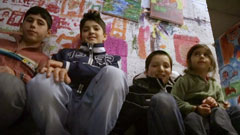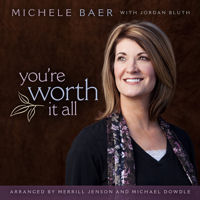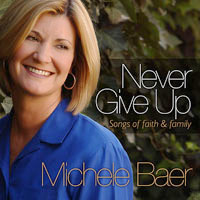Tempo means “time” in Italian, and it measures how fast or slow the beat of a song moves.
We measure tempo in beats per minute (bpm). This is great, because we all can relate to how many beats per minute our heart is beating.
We know that a resting heart rate should be slower than when we get up and walk, jog, run, or sprint. (Here’s a fun activity for you: print out this chart and find your heart rate during these activities.)
Sometimes there is a quarter note followed by a number that you might see at the beginning of a song, like:

That tells how fast the beat goes in that song. Also, you might see other “tempo marking” terms that describe how fast or slow a piece should go. Here are a few you may have heard of before:
lento (=rather slowly, around 40 bpm)
adagio (=slowly, around 60 bpm)
andante (=walking pace, about 75 bpm)
andantino (=a little faster than andante, about 80 bpm)
moderato (=moderately fast, about 90 bpm)
allegro (=quick and cheerful, around 120 bpm)
vivace (=quick and lively, around 140 bpm)
presto (=fast, around 170 bpm)
prestissimo (=very fast, 180 bpm or more)
(For more terms, go here.)
Look at this piece of music (click on the link to view). Can you find a tempo marking, either in the number of in a word?
Eine Kleine Nachtmusik sheet music page*
See anything on this page**?
Why do you think they didn’t include a tempo marking?
How do these terms match up with your own heart rate doing different activities? When you run, is your heart rate allegro?
You can understand why different pieces of music are named after their tempo marking, such as in a concerto. Here’s an example in a famous piece by Mozart called “Eine Kleine Nachtmusik.” It has more than one part to the piece. This part is called “Allegro:”
The song begins at 2:12. But there is lots to learn from watching before the music begins, such as from which side of the stage the musicians enter, how they tune, how the conductor enters, what he does before he begins conducting, etc.)
Antonio Vivaldi wrote some songs that he called “The Four Seasons” and named them each after a season. Notice the tempos he chose to describe each season.
In this video, Spring is played at 96 bpm (andante). Summer begins around 74 bpm (adagio) and then picks up up 108 bpm (moderato), then slows down again. Fall begins and stays at about 114 bpm (moderato) until it takes a big drop in tempo for a while before speeding up to around 134 bpm (allegretto). Winter stays at around 152, except for a little slowing towards the end, followed by accellerando to about 160 bpm at the very end.
If you were to write a song about a season, which tempo would you pick?
When you write your next song, be sure to choose a tempo for how slow or fast you want your song performed!
*This music comes from this webpage.
**This song came from this website.



 In looking for a video of that song, I discovered another darling song she and her daughter sing called “Come and Play,” from this album, “
In looking for a video of that song, I discovered another darling song she and her daughter sing called “Come and Play,” from this album, “